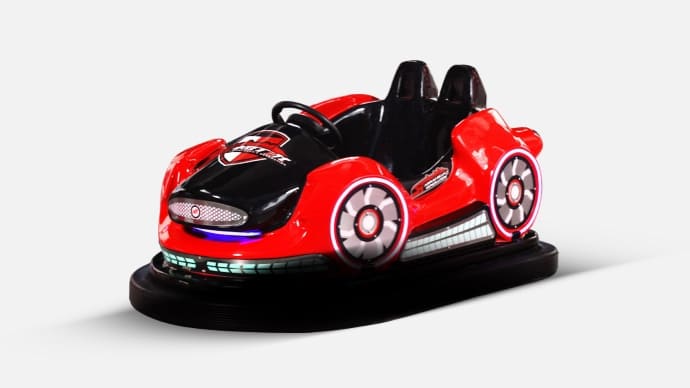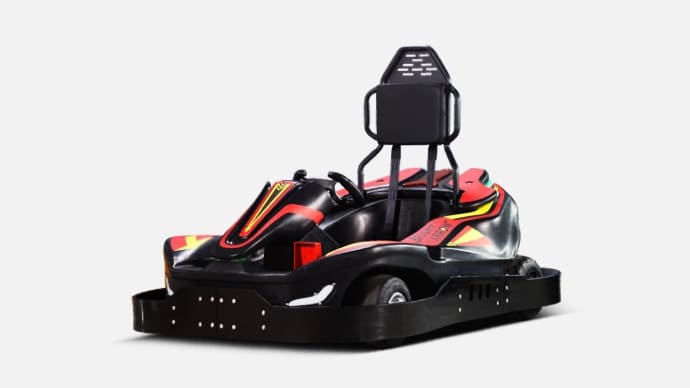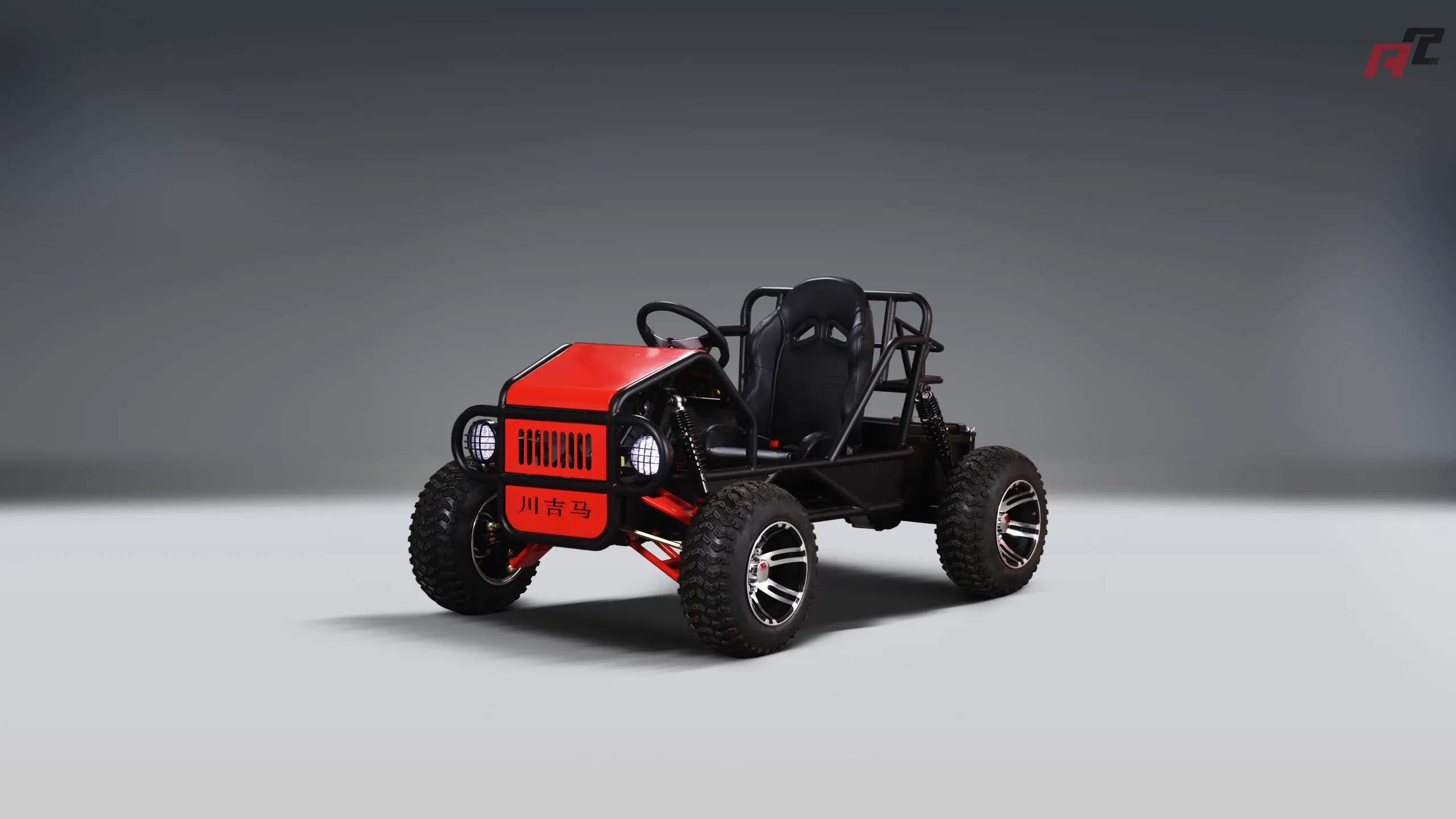do bumper cars have wheels | ANCHI Expert Guide
Explore whether bumper cars have wheels and gain valuable procurement insights for the go-karts industry. This blog addresses top user queries like maintenance, safety, and cost considerations, offering professional knowledge backed by real industry data. Learn how to make informed purchasing decisions for amusement rides and go-karts with durability and safety in mind.
Do Bumper Cars Have Wheels? Understanding the Basics and Go-Karts Procurement
When it comes to amusement rides, a common question arises: do bumper cars have wheels? The answer is yes, bumper cars are equipped with wheels, typically small and sturdy, designed to navigate a flat, conductive floor in an enclosed arena. According to information available online, such as from Wikipedia, bumper cars are electrically powered vehicles with rubber bumpers and wheels that allow movement across a metal floor, often in oval or rectangular tracks. This fundamental design enables the 'bumping' experience that defines the ride. But how does this relate to the go-karts industry, especially for procurement professionals? This blog answers five popular questions related to bumper cars and go-karts, providing actionable insights for industry buyers.
1. How Do Bumper Cars Differ from Go-Karts in Design and Use?
Bumper cars and go-karts serve different purposes in the amusement sector. As noted in online sources like gokartmanufacture.com, bumper cars are indoor children's game equipment focused on casual fun, while go-karts lean toward competitive racing on designated outdoor tracks. Bumper cars rely on electric power from a floor or ceiling grid, with wheels designed for short, erratic movements. Go-karts, on the other hand, often use gasoline or electric engines, with robust wheels for speed and stability on varied terrain. For procurement, understanding these differences is crucial—go-karts require more durable components and safety features due to higher speeds and outdoor use.
2. What Are the Maintenance Needs for Bumper Cars and Go-Karts?
Maintenance is a key concern for operators. Bumper cars, operating in controlled environments, primarily need checks on electrical systems and wheel alignment to ensure smooth operation on conductive floors. Go-karts, as highlighted by manufacturers like J&J Amusements, demand rigorous upkeep due to exposure to outdoor elements. Tires, engines, and frames must withstand wear and tear. Procurement professionals should prioritize suppliers offering durable go-kart parts—such as reinforced tires and weather-resistant materials—and comprehensive maintenance support to reduce downtime.
3. What Safety Standards Should Be Considered in Procurement?
Safety is non-negotiable in the amusement industry. Bumper cars offer inherent safety with enclosed arenas and low speeds, but go-karts pose higher risks due to open tracks and faster speeds. Industry standards, such as those from the International Association of Amusement Parks and Attractions (IAAPA), recommend robust safety features like roll cages, seat belts, and crash-resistant bumpers for go-karts. When procuring, ensure compliance with local regulations and prioritize vendors with proven safety records. Recent data suggests a rise in demand for advanced safety features, as noted in automotive bumper market trends on Newstrail (2025), which can be adapted to go-kart designs.
4. How Much Do Bumper Cars and Go-Karts Cost for Commercial Use?
Cost is a critical factor in procurement decisions. Bumper cars typically range from $1,500 to $3,000 per unit for basic models, while full arena setups can exceed $50,000, based on industry listings and manufacturer quotes. Go-karts vary widely—entry-level models start at $2,000, while high-performance or electric karts can cost up to $10,000 each, as per J&J Amusements’ product insights. Bulk procurement often yields discounts, but buyers must factor in long-term costs like maintenance and spare parts. Opt for suppliers offering transparent pricing and warranties.
5. What Are the Latest Trends in Go-Karts for Procurement?
The go-karts industry is evolving with technological advancements. Electric go-karts are gaining traction due to eco-friendliness and lower operating costs, a trend supported by manufacturers like J&J Amusements. Additionally, recent news on platforms like Nintendo Life highlights consumer interest in customizable karts, which can translate to commercial appeal. Procurement officers should look for innovative features—such as adjustable speed settings for varied user groups—and sustainable materials to meet modern amusement park demands while ensuring cost-effectiveness.
In conclusion, understanding the mechanics of rides like bumper cars (yes, they have wheels!) provides a foundation for smarter procurement in the go-karts industry. By focusing on design differences, maintenance, safety, costs, and trends, buyers can make informed decisions that balance quality, safety, and budget. Always partner with reputable suppliers and stay updated on industry standards to ensure long-term operational success.














